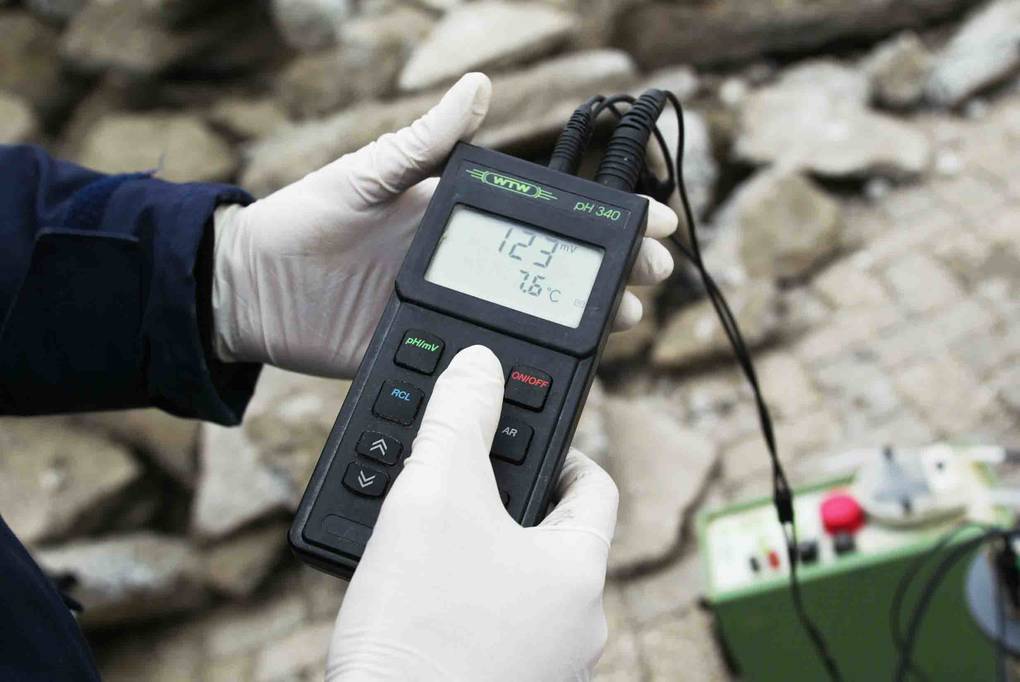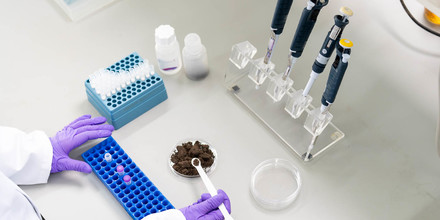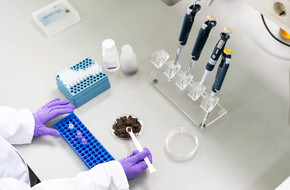
Which pollutants are biodegradable?
There are many different soil contaminations that we can remediate with this method: for instance contaminations caused by dry cleaners, petrol stations, industry or agriculture. In the Netherlands alone there are over 60.000 polluted locations that require remediation. The European Environment Agency reported that there might be as many as 2.5 million potentially contaminated sites across Europe, which need to be investigated. Approximately 14 % (340 000 sites) are expected to be contaminated and likely to require remediation.
Contaminants that are suitable for biodegradation are:
- solvents like tetrachlorethylene (PCE) and trichloroethene (TCE);
- volatile aromatics like benzene, ethylbenzene, toluene, xylene;
- nineral oil.
When is the process completed?
During the remediation process we take soil and (ground) water samples to monitor the process. Through our knowledge of and experiences with biological processes, we only carry out the most necessary analyses, until the contamination is degraded. This can take up from a few months to several years.
Sustainable, lower cost and less nuisance
A great advantage of biological remediation is that it does not require any removal of contaminated soil and can be done without disturbing buildings and roads. Demolition is simply not necessary. Therefore it’s less expensive and causes fewer nuisances for occupants.
Another advantage is that it leaves no residual contaminations. All the contamination is broken down into hazardless chemicals that will be included in the natural cycle.
Every contaminated situation needs its own approach
In every contaminated situation we work out the most reliable and cost-effective solution. Together with our clients we determine the best routing possible for a successful soil or groundwater remediation:
- Determine the nature and spread of the contamination.
- Is biological degradation possible?
- Draw up a custom made solution.
- Accompany a procurement.
- Accompany a biological remediation.
















